Retro Replay Review
Gameplay
WWF Raw delivers a robust wrestling experience by allowing up to four players to battle simultaneously, which was a rarity for its time. Whether you’re facing off in a one-on-one showdown or teaming up for chaos in Tag Team or Bedlam matches, the core mechanics remain intuitive but deep. Each wrestler shares a common move set—punches, kicks, grapples, and turnbuckle attacks—yet subtle speed and strength differences make your choice of superstar meaningful.
(HEY YOU!! We hope you enjoy! We try not to run ads. So basically, this is a very expensive hobby running this site. Please consider joining us for updates, forums, and more. Network w/ us to make some cash or friends while retro gaming, and you can win some free retro games for posting. Okay, carry on 👍)
The heart of the action lies in the power meter system: land strikes and grapples to wear down your opponent’s reserves, and you’ll soon find them vulnerable to pinfalls or submissions. Illegal tactics—such as swinging a steel folding chair—bring a risk/reward element, as you can earn a brief window of opportunity but risk disqualification in more structured match types. This balance keeps every match tense and strategic, rather than devolving into random button-mashing.
With a whopping twelve WWF icons to choose from (ten on Game Gear and eight on Game Boy), Rosters like Bret “Hit Man” Hart, The Undertaker, and Yokozuna each feel unique thanks to their signature moves and animations. Special finishers—Shawn Michaels’s superkick or Razor Ramon’s Razor’s Edge—add cinematic flair and reward timing mastery. Combined with modes like Survivor Series and Royal Rumble, WWF Raw offers players variety and replayability, whether they’re looking for a quick brawl or a marathon endurance gauntlet.
Graphics
On the Super Nintendo and Sega Genesis, WWF Raw employs vibrant sprite work that captures each wrestler’s recognizable silhouette and attire. While not hyper-realistic by today’s standards, the animations are fluid enough to sell every suplex and elbow drop, making the action feel lively. Background details—such as the WWF logo on the ring mat and the cheering crowd—help sell the atmosphere of a live broadcast.
The Game Gear and Game Boy versions understandably scale down in resolution and color palette but still retain the roster’s essence. Wrestlers are more pixelated, yet key features—like Undertaker’s trench coat or Diesel’s bulky frame—remain identifiable. Memory constraints mean fewer frames of animation, but the core moves remain intact, ensuring portable matches still capture the console spirit.
Menus and presentation screens echo WWF’s televised branding, complete with bold fonts and simple animations. Title cards for match types and victory celebrations add to the spectacle, even if some loading times between screens interrupt the flow. Overall, the graphics serve the gameplay well by providing clarity in the ring and maintaining the energy fans expect from a WWF-branded title.
Story
As a wrestling title rooted in arcade-style action, WWF Raw doesn’t offer a traditional single-player narrative campaign. Instead, the “story” emerges from the rivalries you forge in the ring and the match types you choose. Surviving a Royal Rumble or leading your team to victory in Survivor Series can feel like chapters in an unofficial personal dossier.
Modes like Raw Endurance foster a DIY storyline approach—players imagine alliances and betrayals as they cycle through opponents with a single health bar to preserve. This emergent storytelling taps into the same drama that made the World Wrestling Federation’s weekly television shows must-see events. Every comeback from near-defeat or surprise elimination in the Royal Rumble can become a memorable anecdote among friends.
The lack of cutscenes or voiceovers means the narrative relies on your creativity. Fans of Bret Hart vs. Shawn Michaels, for example, can reenact their legendary feuds and even create new showdowns, such as Owen Hart taking on his brother or Bam Bam Bigelow challenging the big men like Yokozuna. This open-ended structure may feel sparse to players seeking a guided campaign, but for many wrestling enthusiasts, it’s a canvas for endless fantasy booking.
Overall Experience
WWF Raw shines best as a party game and a nostalgic dive into mid-’90s wrestling. The pick-up-and-play controls allow newcomers to jump straight into the ring, while the deeper power meter and grapple strategies reward dedicated players. Hosting four-player matches around a single console remains a standout feature that still impresses decades later.
Though the graphics age gracefully on home consoles, handheld versions show their limits in animation and detail. Regardless, portability makes for perfect on-the-go slugfests, and the core gameplay loop remains addictive. Match variety—from standard one-on-ones to the chaotic Royal Rumble—ensures no two sessions feel identical.
For fans of classic WWF action, WWF Raw captures the spirit of the era. It’s not a cinematic wrestling sim with branching narratives or superstar cutscenes, but it celebrates the thrill of back-and-forth showdowns and the joy of executing signature moves. If your aim is to relive or recreate your favorite wrestling moments with friends, WWF Raw still delivers an entertaining, if straightforward, wrestling experience.
 Retro Replay Retro Replay gaming reviews, news, emulation, geek stuff and more!
Retro Replay Retro Replay gaming reviews, news, emulation, geek stuff and more!
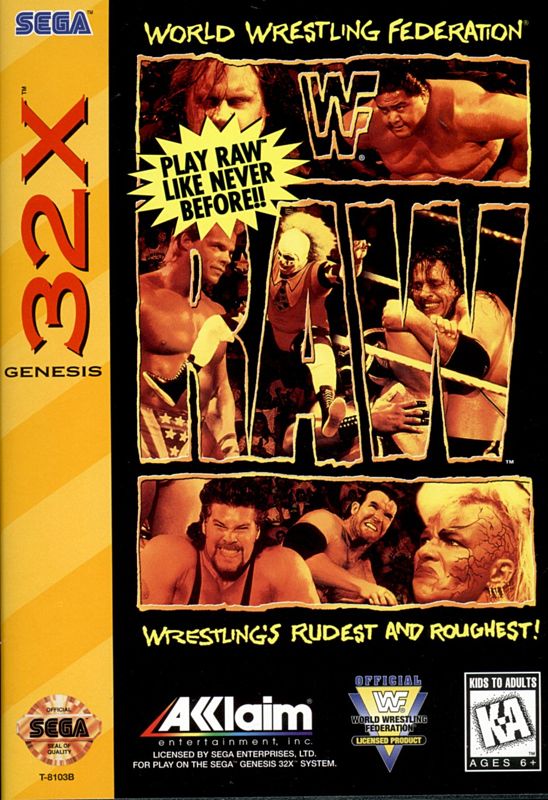


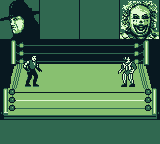


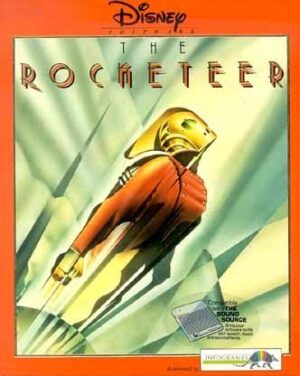
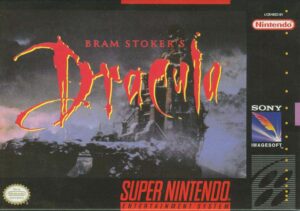
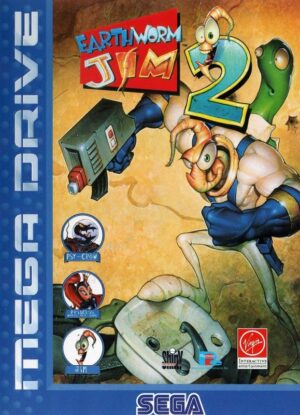
Reviews
There are no reviews yet.